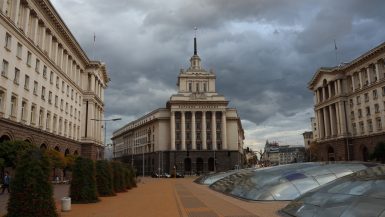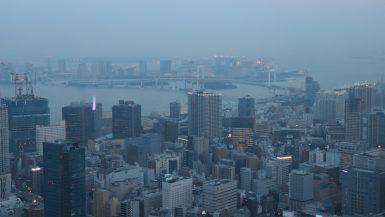Warsaw is the capital and largest city in Poland, which stands on the Vistula River. The Old Town of Warsaw entered the UNESCO World Heritage list in 1980. Warsaw is a highly touristic and economic hub that combines modern architecture with old historical buildings. It is a city that provides everything – from strolls in nature to parties on beaches close to the river, cycling in one of the 95 green parks to many more cultural, sports and musical events.
Until World War II, Warsaw was regarded as the “Paris of the North”. After that, it was named the “Phoenix City”, because of its extensive history and total reconstruction.
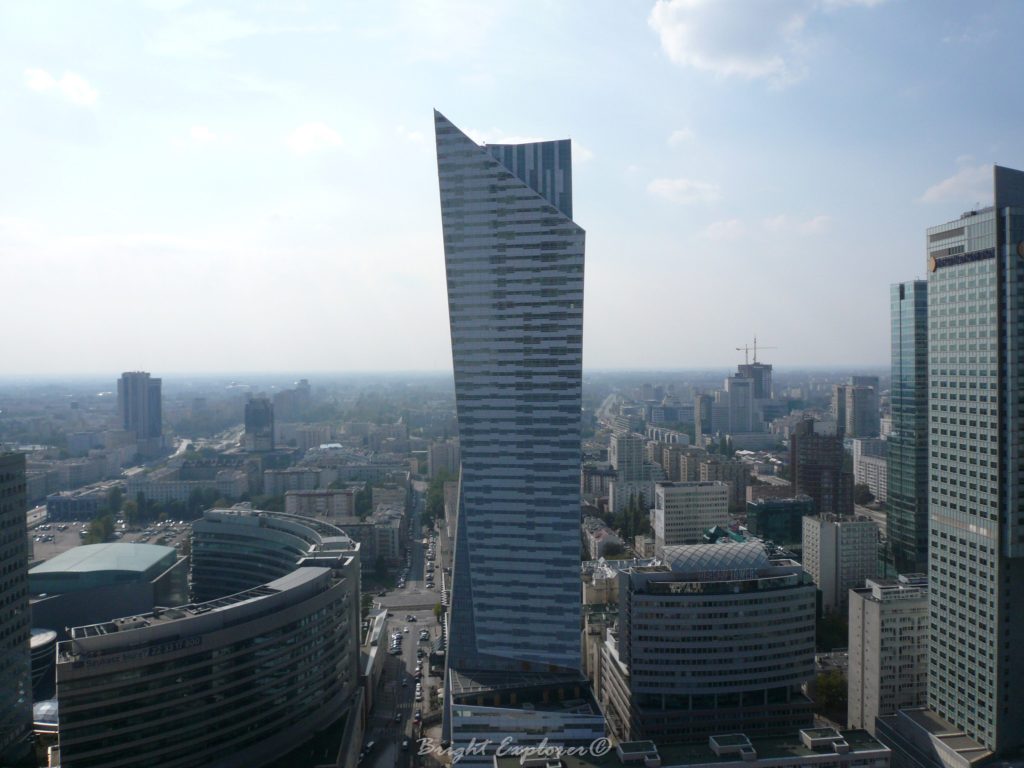
When to visit
Warsaw is most pleasant during summer when the temperatures are high but not as hot as other parts of Europe. This is, also, the peak season, so the cost of accommodation and traveling might be expensive. Book your flights and accommodation early, as well as tickets for popular music concerts in Lazienki Park.
For cost-effective traveling, you can always visit Warsaw during winter, because the temperatures are really low and the traffic is less. Tourists have the opportunity to spend their holidays with snow, hot cocoa and many activities offered in the city.
Spring and autumn are best for a tight budget and low traffic, with chilly weather and humidity, but a lot to do in great deals. Book now your hotel or apartment on Agoda or Vrbo.
How to go to Warsaw
Warsaw’s Frederic Chopin Airport is the biggest and most modern international airport in Poland. It connects you with every continent in the world. If you want to travel to Warsaw with a low-cost airline, like Ryanair or Wizzair, there is another airport, Warsaw-Modlin Airport, located a bit further from the city. However, they are all connected to the main train lines, so that you can reach the city centre very fast.
The train offers a very good price for Europeans or travellers around Europe. The earliest you get the tickets, the cheapest they are. The same goes for the buses around Poland, Russia, and Europe.

What to see in Warsaw
1. The Old Town
Warsaw’s Old Town is the oldest part of the city and it has entered the UNESCO World Heritage List. It is one of the prominent attractions, as the tourists visit it for its restaurants, cafés, and shops. It includes many historic monuments and the Old Town Market that encourages the tourists for a walk around the narrow streets and the colourful houses. The Warsaw Mermaid, the emblem of the city, stands in the center of the famous and populous Old Town Square.
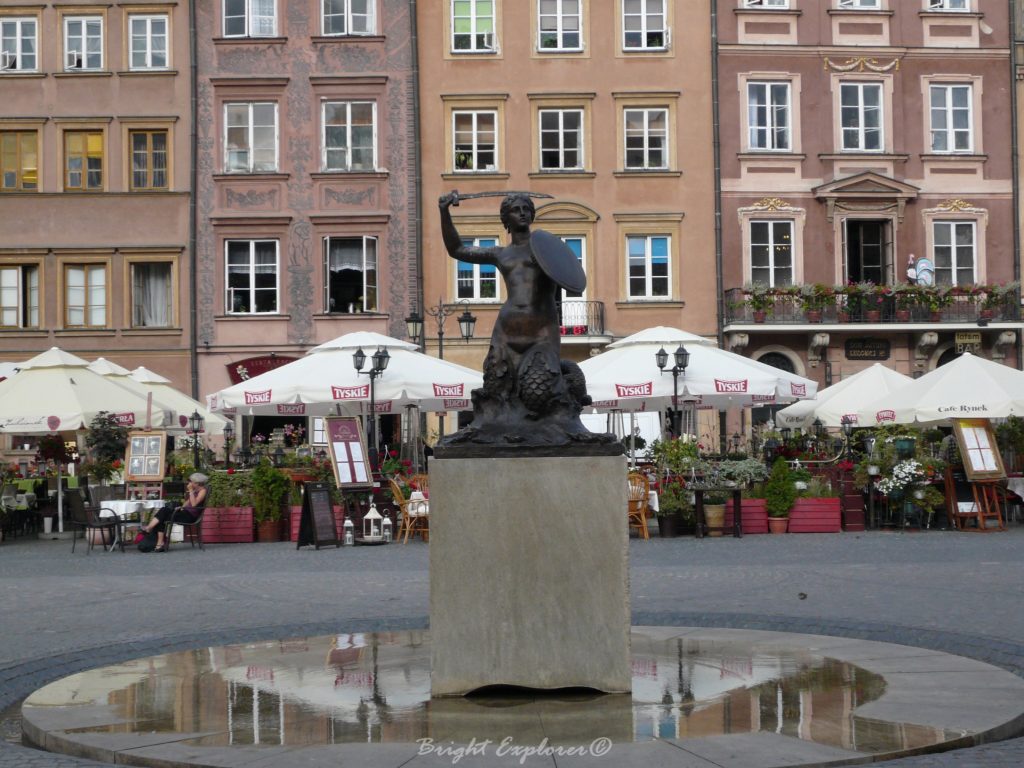
2. The Royal Castle
In the past, the Royal Castle was the official residence of the king, the Polish monarchs and the offices of the Royal Court. It is located in the Castle Square and is also considered as a World Heritage Site. It was completely destroyed in 1944, but has been reconstructed some decades ago. Now, it is a national monument and it functions as a national museum. You should visit it to take a look at the Throne Room and the gardens with the mazes, the flowerbeds, and the fountains.
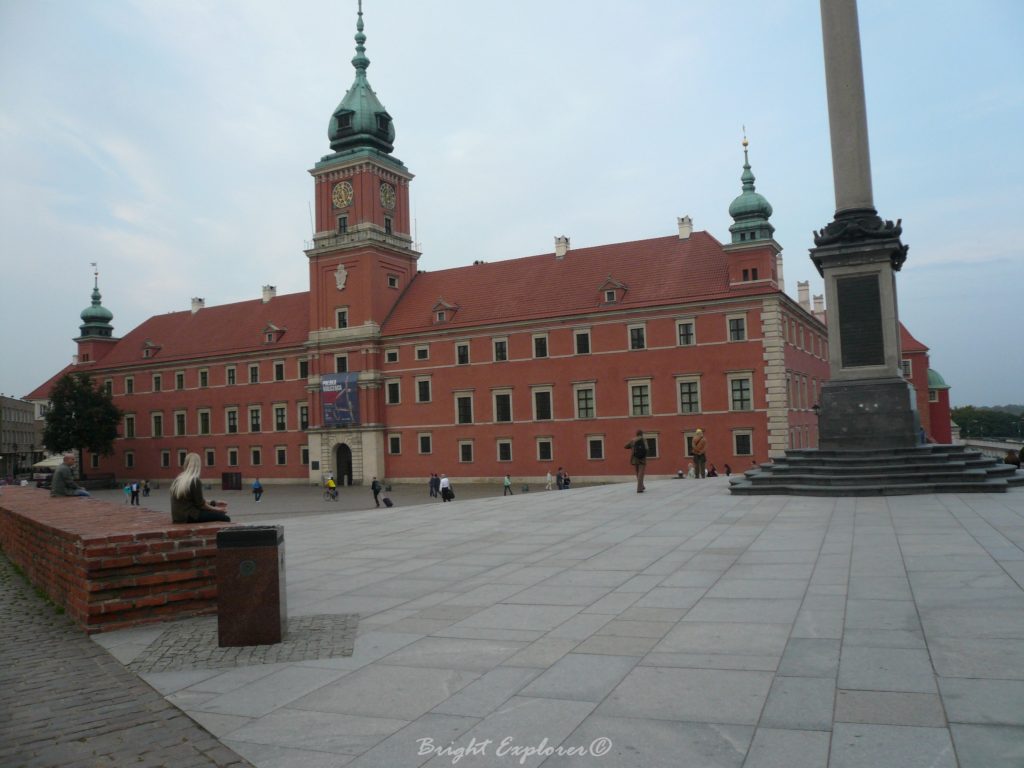
3. The Castle Square
The Castle Square has a somewhat triangular shape and is a meeting place for tourists and locals. It is dominated by a towering column and a perfect front view of the Royal Castle. It accommodates many public events like concerts, speeches etc. It is a nice spot for lunch or renting a carriage to have a tour around the city. Furthermore, it is said that it is perfect during Christmas, as the decorations, the lights, and the events are colourful and charming.
4. Lazienki Park
Lazienki Park is the largest park in Warsaw occupying 76 hectares of the city. It was originally designed as a baths park for the royals. From 1918 it became public and now it is a venue for many cultural, musical and sports events. Inside it, tourists can visit the Palace of the Island, as it was named after all the lakes for the royal baths, and many other big or small palaces, summer houses, pavilions, mansions, cafés, restaurants, the art nouveau Chopin monument, the Old Orangery, and theatres. Next to the park, you can visit the Warsaw University Botanical Garden, with a separate ticket. The park is a sanctuary to peacocks and squirrels, who are happy to receive nuts from the tourists. You should definitely visit it as it is an extremely interesting park. Take the word of a park-lover.
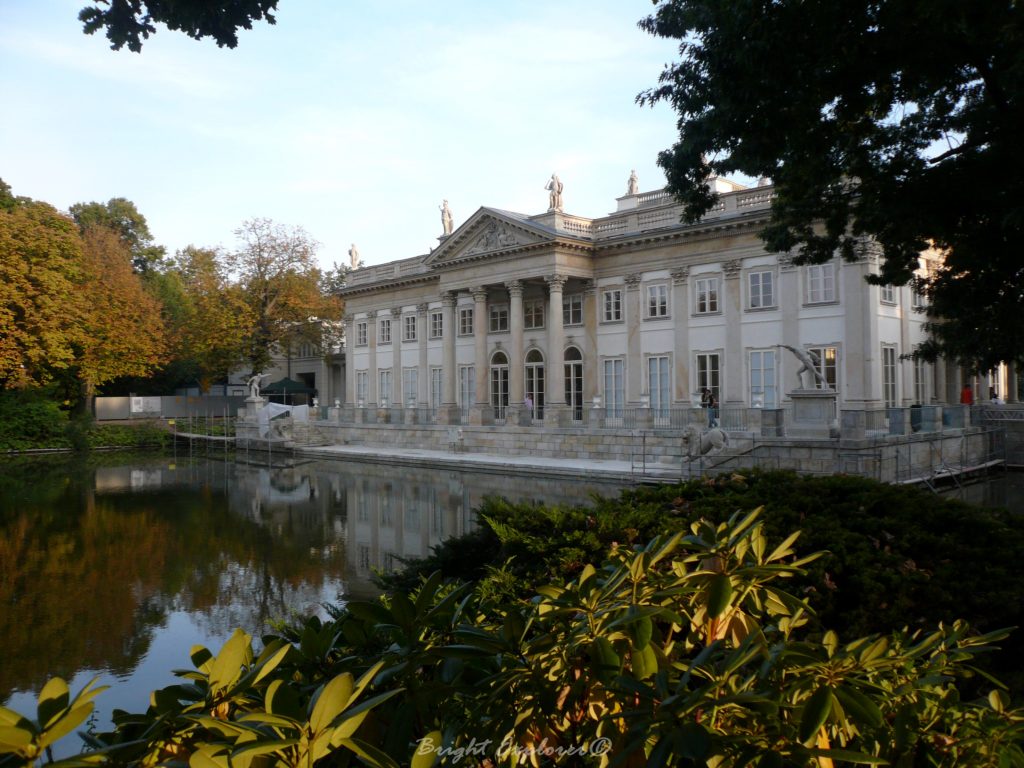
5. Palace of Culture and Science
The tallest building in Poland and the 5th tallest building in the European Union is the Palace of Culture and Science, which is 237 m tall! It houses cinemas, museums, theatres, pubs, winter ice skating rinks, libraries, sports clubs, and university faculties of the Polish Academy of Sciences, among others. The palace that can be seen from almost every part of the city was a gift from Joseph Stalin in 1955 to the Poles. It took three years to finish, 16 men to die during the construction and Stalin not being alive to view it in the end. Although it cannot be considered an elegant building by any means, it is worth going to the 30th floor for a beautiful panorama of the city!
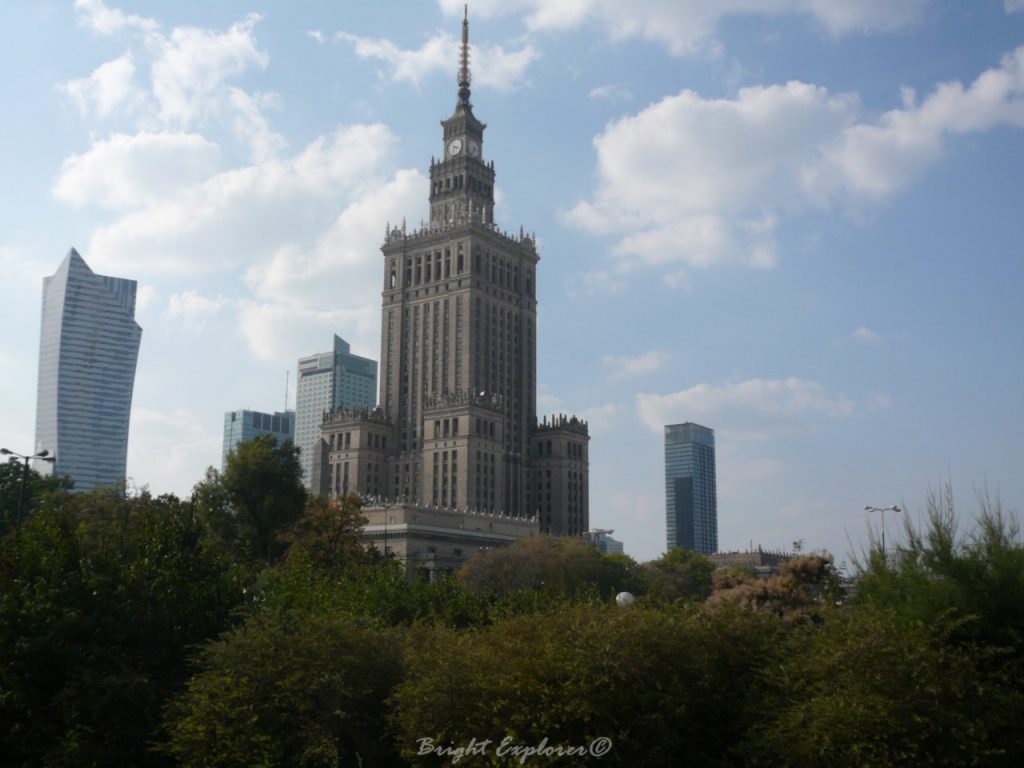
6. Krakowskie Przedmieście
The Krakow suburb is one of the most elegant areas in Warsaw. It is surrounded by palaces, historic monuments, and manor houses, leading to the Presidential Palace, the Warsaw University, and the Polish Academy of Sciences. The Krakow street used to connect Warsaw with Krakow. It is full of restaurants and cafés that allow you to take a delicious break from one of the most interesting walks in the city.
7. Nowy Świat Street
It means New World Street and it is one of the main historical highways in Warsaw. It is the ideal highway for shopping and dining. Tourists can wander around the top fashion designers’ shops or inside the narrow streets with the little shops. In summer, the pavements are filled with tables and chairs for the tourists and the vibes are pulsing.
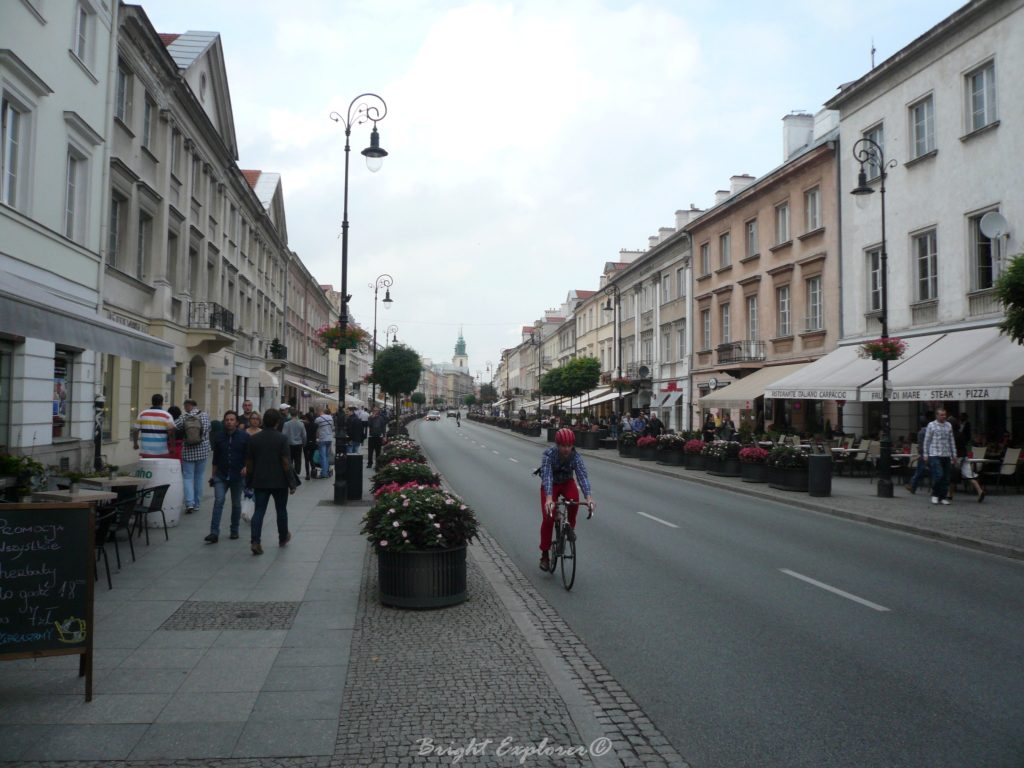
8. Saxon Garden
Saxon Garden is the oldest Public Park in the city (1727). It was built in ‘French style’, while modelled in Versailles, then was wrecked by the Nazis and then reconstructed in English style. It still has some surviving trees from its first opening and many monuments from the World War II, like the Tomb of the Unknown Soldier. It is also home of the English Palm House, the Fountain, the Summer Theater, and the Water Tower looking like a Greek temple.
9. Copernicus Monument
Nicolaus Copernicus was born in 1473 in Royal Prussia that was part of the Kingdom of Poland. He was the polymath that placed the Sun, and not the Earth, in the middle of the universe. His monument is one of the city’s special landmarks. In 2008 it was vandalized but parts of it could be restored, as well.
10. Jewish Ghetto Memorial
The memorial is dedicated to the people of the Warsaw Ghetto Uprising in 1943 that fought back in order not to go to the concentration camps. The plaque was going to be accompanied with a larger monument, which was never built. The anniversary of the Uprising is on April 19th and every year there is a small ceremony taking place near the memorial.




